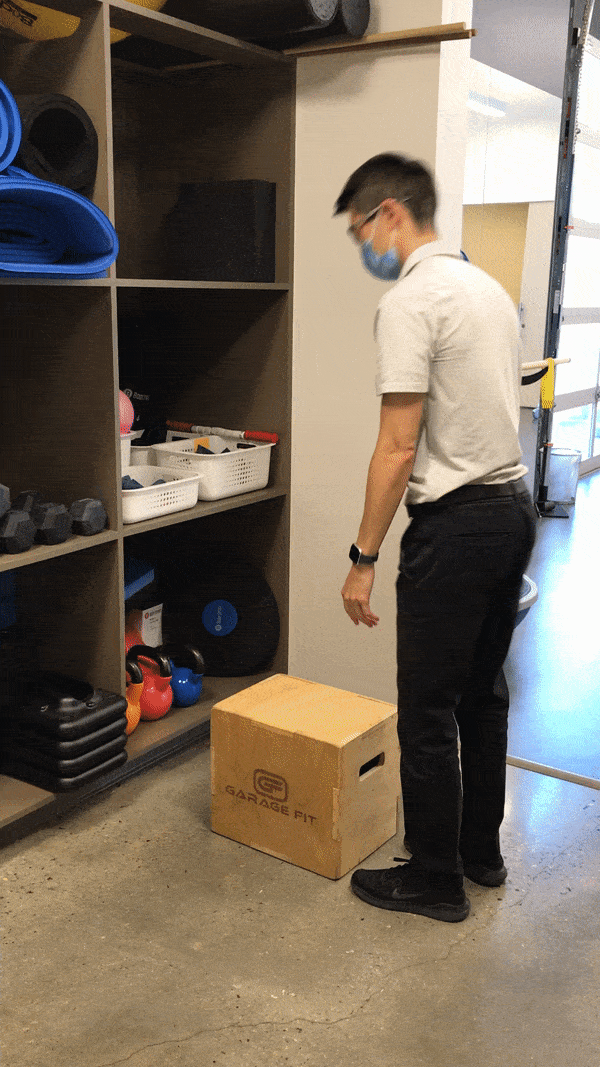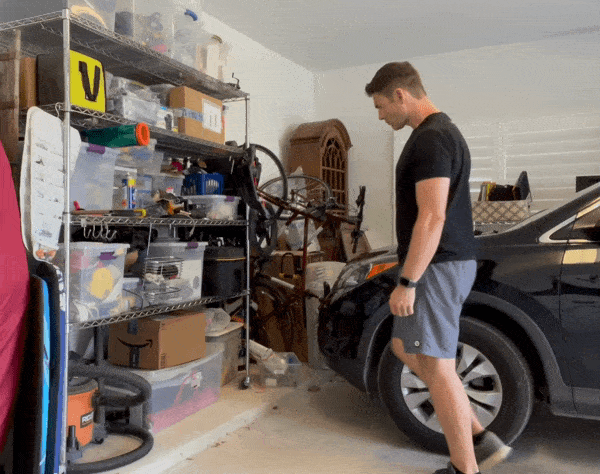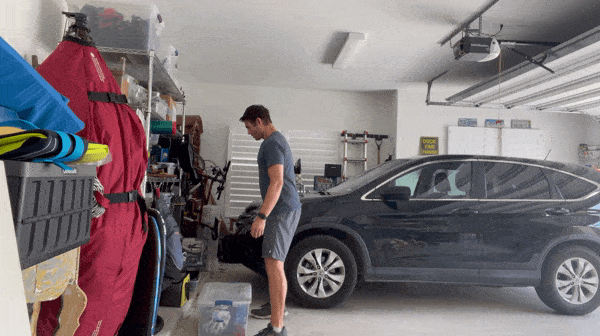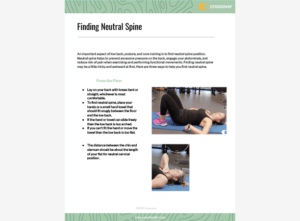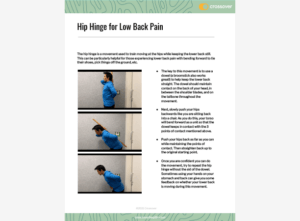LOOKING FOR NEW WAYS TO STAND AND MOVE SAFELY AT WORK? WE’RE HERE TO HELP!
1
Learn. Start with the section that matches your work needs.
2
Practice. Stick with the most helpful strategies.
3
Let us help. Want more guidance? Get expert help below.
Expert Guidance Along the Way
-
Sara Grunert, DCChiropractorWhile treating and helping patients reach their wellness goals, Sara enjoys getting to know them while educating them about their chief complaint.
-
Bradley MacDougall, PT, DPTPhysical TherapistWith over 12 years of experience as a physical therapist, Brad enjoys guiding people back to the activities that they love to do and is always looking for the small changes that can make a big impact in someone's life. He enjoys working with recreational athletes who engage in running a few miles or playing pick-up basketball during the weekend.
-
Alia Parvez, PTPhysical TherapistAlia believes in empowering members to take control of their health journey through education and a collaborative approach. She earned her Doctorate of Physical Therapy from USC, and was previously the physical therapist for the Dancing With the Stars Live Tour. She has a passion for helping people understand how to move in their bodies safely and efficiently.
-
Mason Orme, DCChiropractorMason is a board-certified chiropractor who is passionate about sports chiropractic and wellness. He earned his Doctor of Chiropractic degree from Palmer College and has since served thousands of patients, from professional athletes to stay-at-home moms. His mission is to help transform and empower members to live to their maximum potential.





